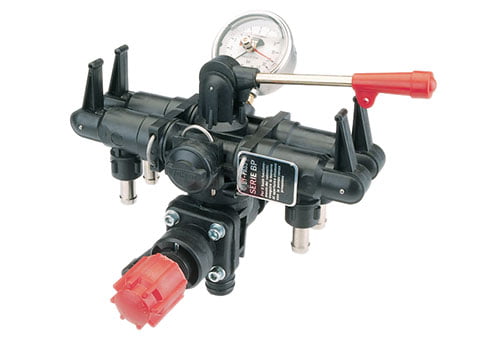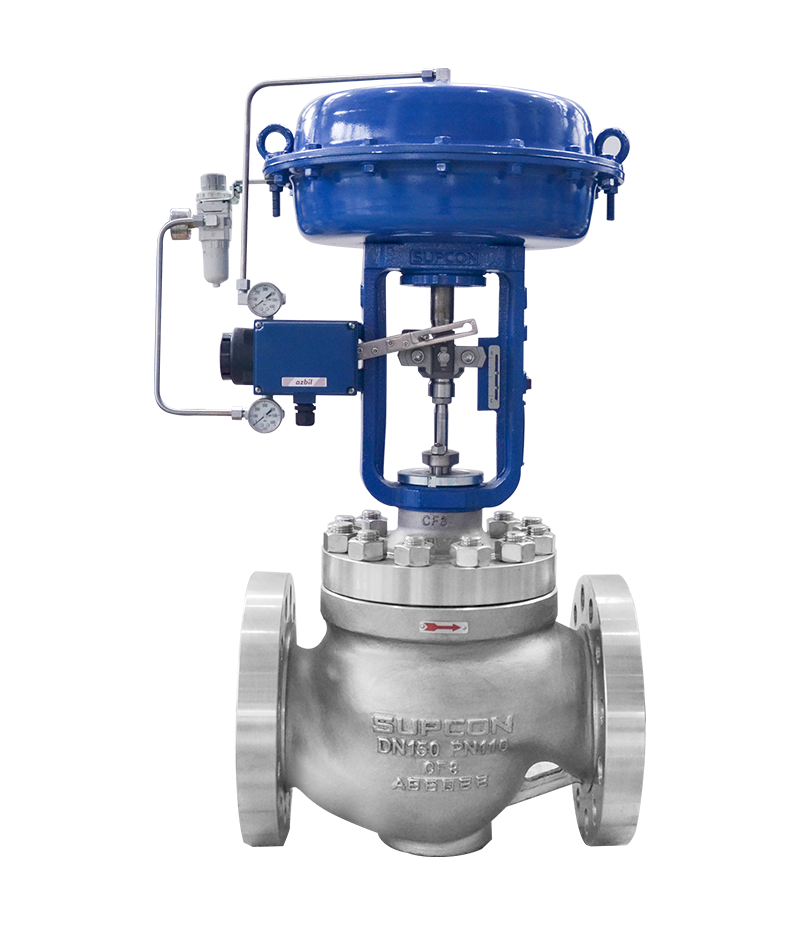Reliable Control Valves: Key Parts for Effective System Monitoring
Reliable Control Valves: Key Parts for Effective System Monitoring
Blog Article

Maximize Power Savings and Comfort With Advanced Structure Automation Controls
In the world of modern-day architecture and center management, the combination of innovative building automation manages stands as a crucial development. By taking advantage of the power of automation, structures can adapt, respond, and progress in means that were once unthinkable.
Power Effectiveness Conveniences
Energy effectiveness advantages can significantly decrease energy usage and functional prices in structures. By implementing energy-efficient practices and innovations, structure proprietors and drivers can attain substantial savings while also adding to environmental sustainability. Among the key advantages of improving energy effectiveness in structures is the reduction of energy bills. Energy-efficient systems, such as sophisticated structure automation controls, can enhance using sources like illumination, air conditioning, and heating, resulting in reduced power costs over time.
Furthermore, enhanced power effectiveness can prolong the life-span of building tools and systems. By operating much more efficiently, heating and cooling systems, lighting fixtures, and various other building elements experience less damage, leading to reduced upkeep and substitute costs. Furthermore, energy-efficient buildings often regulate greater residential property worths and rental rates, supplying long-lasting financial benefits to owners.
Additionally, power performance can enhance passenger comfort and performance. Correctly managed indoor atmospheres with optimal illumination and thermal problems create a more pleasant and favorable office, leading to improved worker satisfaction and performance. On the whole, the energy effectiveness advantages related to sophisticated building automation controls are diverse, including cost financial savings, ecological stewardship, and resident wellness.
Enhanced Convenience Control
Enhancing convenience control in building environments needs a sophisticated combination of innovative automation systems for optimum passenger well-being. By making use of sophisticated structure automation controls, facilities can customize the indoor atmosphere to meet the details demands and preferences of occupants. control valves.
By incorporating these sophisticated controls, buildings can not just enhance convenience however also boost energy effectiveness by enhancing system procedures based on actual tenancy and use patterns. Ultimately, focusing on owner comfort with innovative automation systems leads to a much more enjoyable and much healthier interior environment.
Functional Efficiency Improvements

Furthermore, the implementation of real-time surveillance and analytics devices allows building drivers to identify power ineffectiveness and operational abnormalities promptly. By constantly monitoring energy use patterns and system performance metrics, modifications can be made in real-time to optimize energy intake and guarantee peak functional performance. control valves. Furthermore, including demand feedback techniques right into building automation controls can better boost operational efficiency by dynamically changing energy use based upon grid conditions and pricing signals
Indoor Environment Optimization
Reliable interior climate optimization is a fundamental aspect of structure automation controls, making certain residents' comfort and wellness while making the most of energy cost savings. By using sophisticated sensors and controls, building automation systems can continually readjust and keep an eye on temperature level, moisture degrees, air quality, and ventilation to create an optimal interior setting. Keeping comfy and consistent conditions not just boosts owner fulfillment yet additionally improves efficiency and overall well-being.
Indoor environment optimization likewise plays a vital function in energy efficiency. By fine-tuning air flow, cooling, and heating systems based upon real-time information and tenancy patterns, building automation controls can significantly lower energy intake - control valves. For circumstances, executing approaches such as demand-controlled air flow and thermal zoning can assist minimize power waste while guaranteeing that each area of the building receives the essential conditioning.

Sustainable Atmosphere Development
Building automation controls not only optimize indoor environment problems for power performance and occupant convenience yet additionally lay the foundation for useful content creating a sustainable setting via strategic monitoring of sources and systems. By integrating innovative structure automation modern technologies, such as sensing units, actuators, and smart software application, centers can keep an eye on and readjust energy use in real-time to decrease waste and minimize their carbon impact. These systems allow predictive upkeep, identifying potential concerns before they rise and enhancing tools performance to boost durability and performance.
Additionally, sustainable atmosphere creation expands beyond power management to encompass water preservation, waste decrease, and indoor air top quality improvement. Building automation controls can manage water usage, identify leaks, and make certain proper garbage disposal practices, adding to total sustainability efforts. Furthermore, by controlling and keeping an eye on ventilation and filtering systems, these technologies boost resident wellness and efficiency while reducing energy intake connected with HVAC procedures.
Conclusion
In final thought, progressed structure automation regulates offer significant benefits in terms of energy financial savings, convenience control, functional efficiency, indoor climate optimization, and producing a sustainable atmosphere. By applying these controls, structures can achieve ideal performance while minimizing power intake and read review boosting owner comfort. It is apparent that using innovative automation technology is vital in enhancing building efficiency and creating a more sustainable future.
Energy effectiveness advantages can considerably minimize power intake and operational prices in buildings. In general, the power performance advantages associated with advanced building automation controls are diverse, incorporating cost savings, environmental stewardship, and resident wellness.
In addition, including need action methods right into structure automation controls can additionally improve operational performance by dynamically readjusting power use based on grid conditions and pricing signals.
Structure automation manages not just enhance interior climate problems for energy performance and resident convenience however additionally lay the structure for creating a lasting environment via critical navigate to this site administration of systems and sources.In final thought, advanced structure automation manages offer substantial advantages in terms of power cost savings, comfort control, functional efficiency, interior climate optimization, and developing a sustainable atmosphere.
Report this page